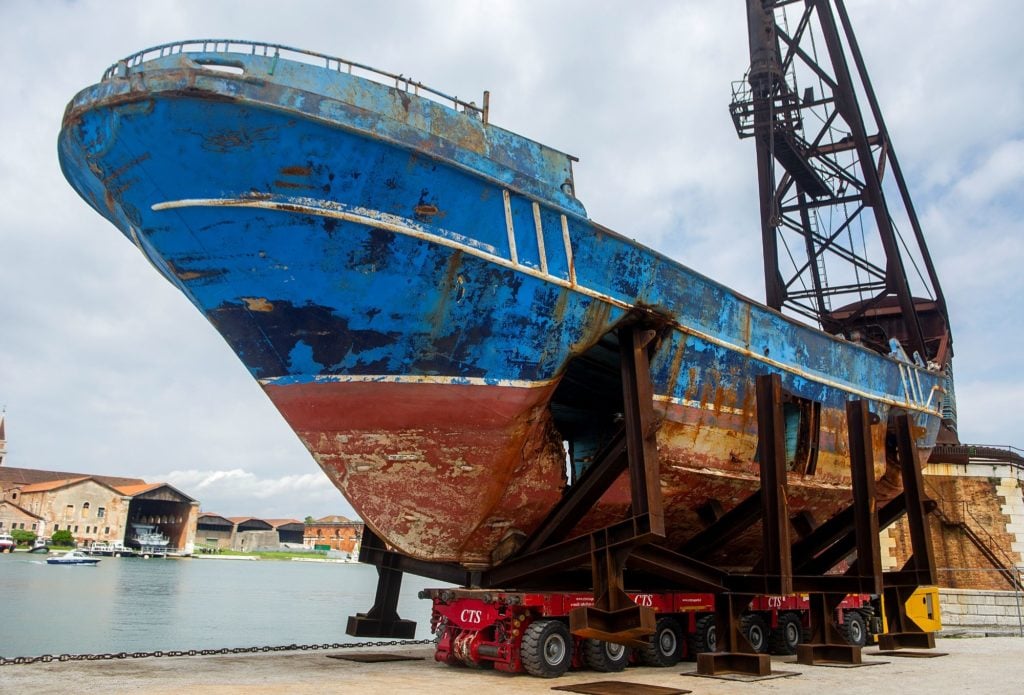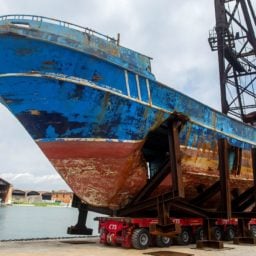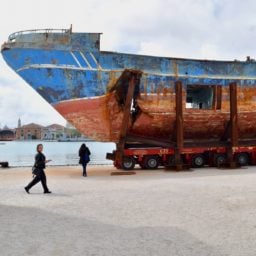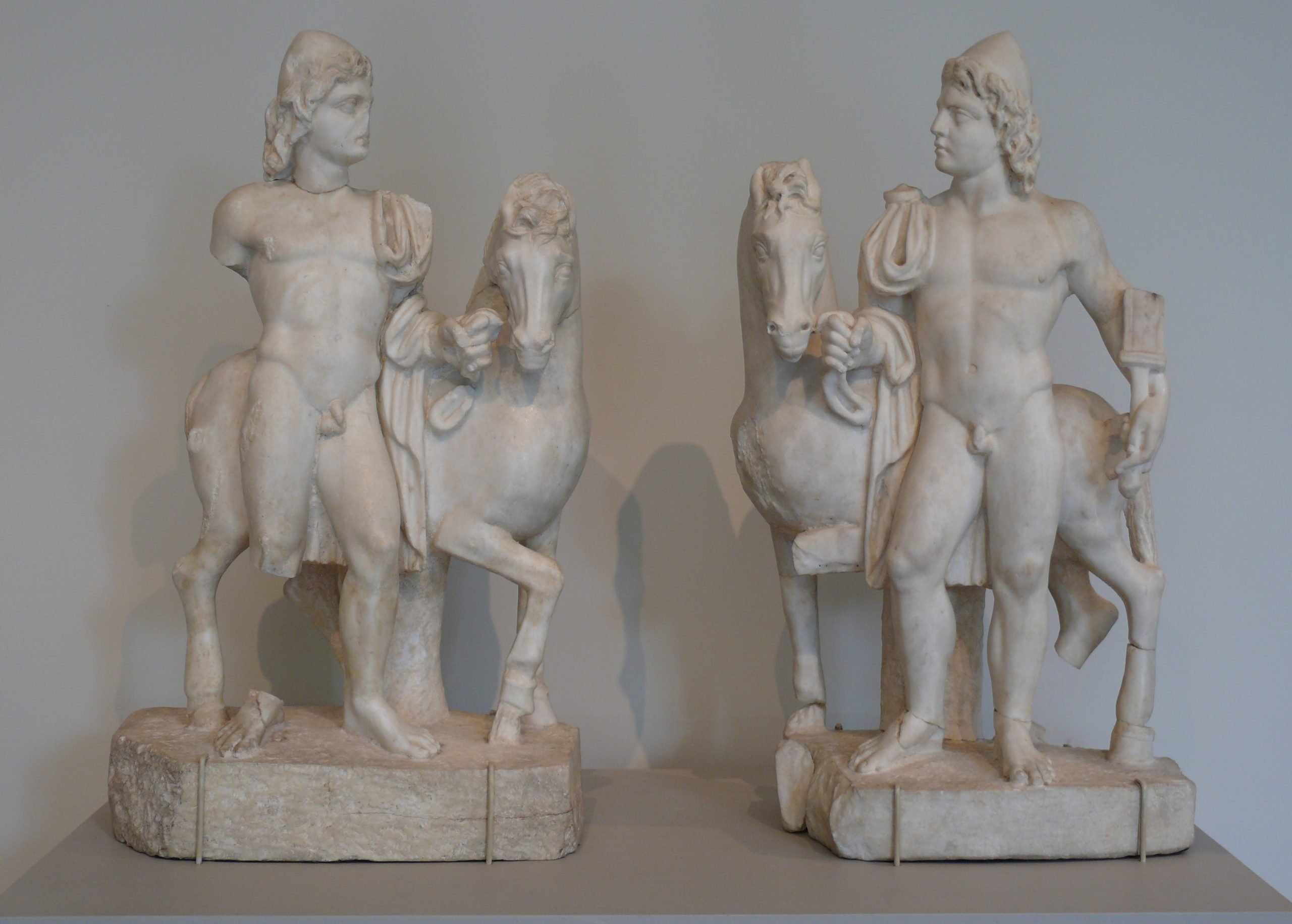A Sicilian town is accusing Swiss artist Christoph Büchel of failing to return the ship from his controversial contribution to the 2019 Venice Biennale, Barca Nostra, a work made from the deadly wreck that killed some 1,000 Libyan migrants.
The town council of Augusta agreed to lend Büchel the recovered ship for one year, with the expectation that it would then be returned to go on long-term display in a memorial garden. Instead, reports the Art Newspaper, the rusty hull has not left the historic Arsenale shipyard where it was one of the special projects at the biennale.
Büchel said he hoped the work would raise awareness of the plight of migrants, thousands of whom have died at sea attempting to reach Europe in recent years. But it received widespread criticism for its lack of label or descriptive text explaining the ship’s origins and tragic history. As a result, numerous unaware visitors took selfies with the ship, turning it into a crude spectacle.
Originally built for a crew of just 15, the fishing ship sank on April 18, 2015, leaving just 28 survivors. Raising the sunken vessel from the floor of the Mediterranean cost the Italian navy €33 million ($39.6 million). The costs of transporting the ship across Italy were covered by Büchel as part of the terms of its inclusion in the biennale.
“Presenting the wrecked ship at the Biennale would never have been permitted had not Christoph Büchel agreed to be responsible for the costs of returning it after the exhibition,” Ralph Rugoff, curator of the 2019 Venice Biennale, told the Art Newspaper. “The Venice Biennale has only limited funds available for shipping works of art and its budget was never designed to accommodate the kind of costs associated with transporting something like Barca Nostra.”
“We are asking the artist to respect the commitment he made and to return the work to Augusta,” added a biennale spokesperson.
The delayed return may have stemmed from Barca Nostra’s initial journey to Venice, during which the metal cradle used to move the ship was badly damaged and collapsed while being lifted by a crane in Venice’s industrial port, Marghera. Büchel made a claim through the biennale’s insurance, which was denied, and is hoping to recoup some of his costs from the shipper through a legal dispute, reports La Reppublica.
Once that issue is resolved, the artist reportedly plans to make good on promises to return the work to Sicily. But until that time, there are growing concerns that the boat may be scrapped, as the biennale needs it removed to prepare for the installation of its delayed architecture edition.
When asked for comment, the artist’s gallery, Hauser and Wirth, said it was not involved with the work, and referred Artnet News to Barca Nostra’s project manager, who declined to comment. The biennale insurance policy covered the shipwreck while it was in Venice, including at Marghera, but the insurer denied the claim on the grounds that the damage occurred while the work was in the air, not in the sea, according to sources close to the project.
The Barca Nostra is not the only artwork inspired by the ship’s tragic sinking. German photographer and filmmaker Wim Wenders is developing a documentary miniseries, also titled Barca Nostra, about the ship’s sinking, recovery, and reincarnation at the biennale.
Follow Artnet News on Facebook:
Want to stay ahead of the art world? Subscribe to our newsletter to get the breaking news, eye-opening interviews, and incisive critical takes that drive the conversation forward.







